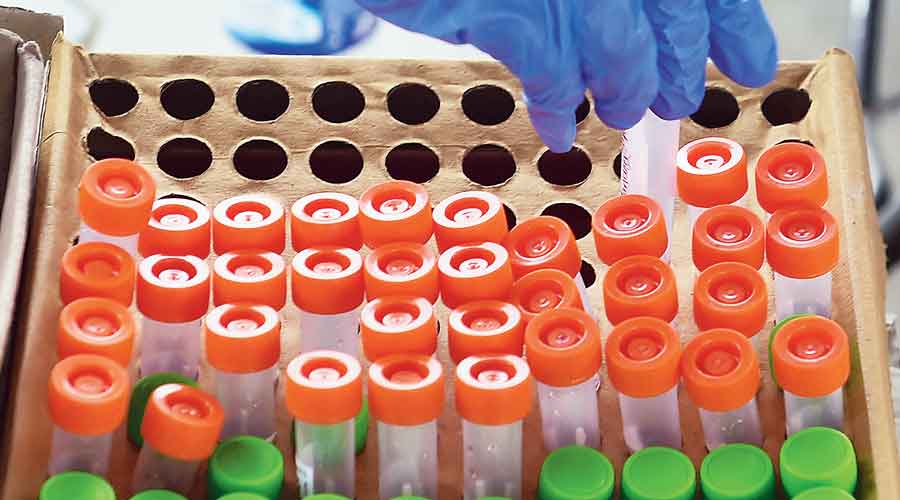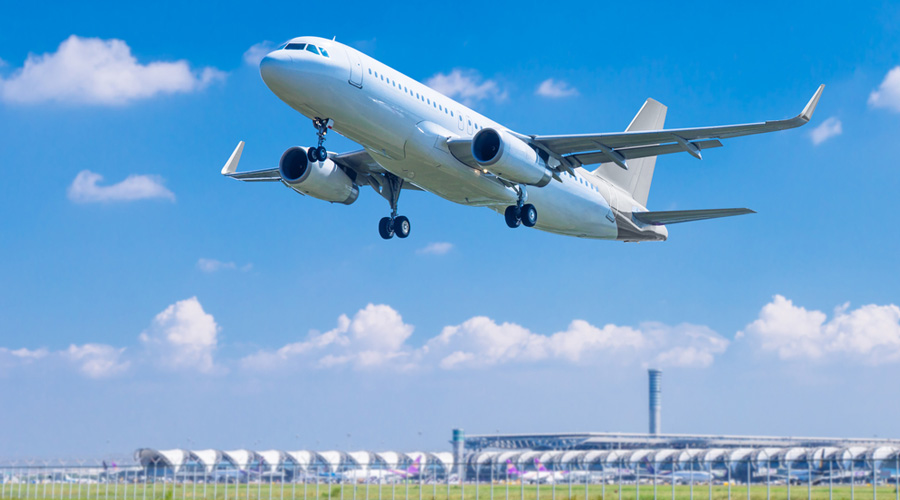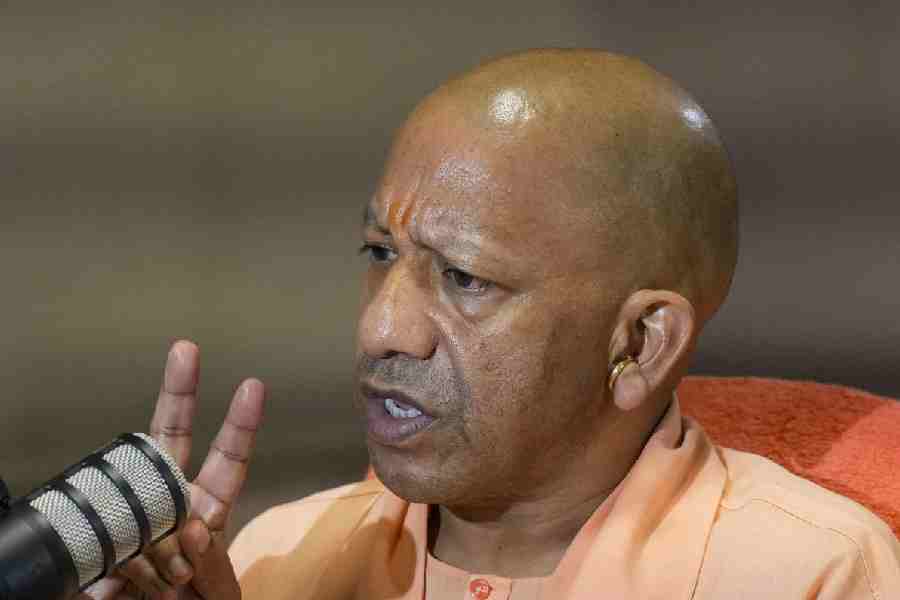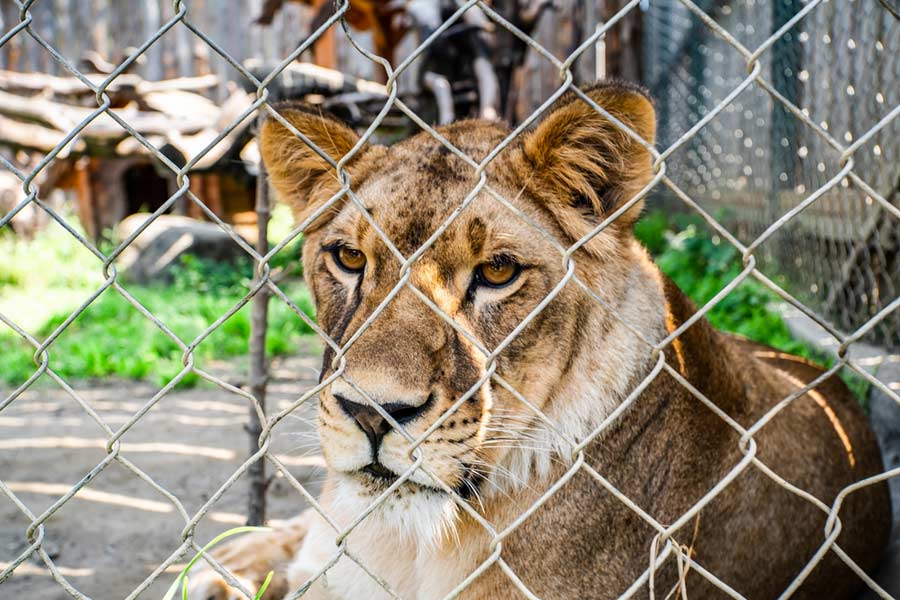The new coronavirus variant named Omicron, if given a free run, could spread from one infected person to between 10 and 30 others, according to a preliminary analysis of its transmissibility that scientists caution still needs to be verified with more data.
The analysis by Christian Althaus, a computational epidemiologist in Switzerland, has suggested that Omicron has an R0 value of 10 to 30, compared with the R0 of 5 to 6 the delta variant has exhibited during winter in the northern hemisphere.
R0 is the average count of new cases a single infected individual can generate. The delta variant, first spotted in India last year, had fuelled the country’s second wave earlier this year.
The findings come at a time the Union health ministry has asked all the states to increase Covid-19 testing, ensure “saturation testing” in areas with clusters of positive cases, and augment their healthcare infrastructure in preparation for any surge from Omicron or other coronavirus variants.
Health secretary Rajesh Bhushan has also asked the states to increase sampling and ensure quick dispatch of Covid-positive samples for sequencing to designated labs so that the country can spot and control infections, if any, caused by the heavily mutated Omicron.
Althaus, who posted the findings of his analysis on Twitter on Sunday, himself warned that his analysis was “preliminary” and based on “very limited data” from the observed rapid displacement of delta by Omicron in South Africa’s Gauteng province.
The analysis suggests that Omicron has a growth advantage of 0.43 per cent per day compared with delta. Althaus said this figure was close to a similar estimate of 0.38 per day, independently calculated by evolutionary biologist Tom Wenseleers in Belgium.
Neither calculation has been peer-reviewed yet.
The Omicron variant carries multiple mutations that scientists say appear to make the virus stronger against human immune responses.
Scientists are assuming that Omicron is spreading fast even though a large proportion of South Africa’s population was already infected in previous waves.
Althaus said it was likely that almost everyone in South Africa had been infected with the Covid-19 virus during its earlier three waves and had developed partial immunity against re-infection. In addition, 24 per cent of South Africa’s population is fully vaccinated.
Althaus underlined both the assumptions and uncertainties associated with his assignment of an R0 value of 10 to 30 to Omicron compared with delta’s R0 of 5 to 6, tweeting: “Not impossible, but such a jump seems rather unlikely.”
The analysis also indicates that Omicron may evade protective immunity in 31 per cent to 93 per cent of the population, illustrating the high level of the uncertainty and, Althaus said, the preliminary character of these calculations.
“We need to be conscious that these estimates come with assumptions and caveats and are based on limited datasets from a single South African province,” said a senior medical researcher in India who has been tracking Covid-19 variants.
“But if confirmed, these estimates imply a variant which is far more transmissible than delta,” said the researcher, who works in a government institution and requested not to be named. “If the variant gets a free run, it could lead to a very sharp, steep surge in a short time.”
In the real world, however, the variant is unlikely to get a free run to infect, the researcher said. “We know what works — the same public health and precautionary measures that helped curb the spread of earlier variants will work against this one too.”
Health secretary Bhushan has asked the states to “keep a close check on the emerging trends of cases in an area and quickly delineate hotspots for effective containment”.
He has urged the states to ensure “saturating testing” in all the hotspots — areas marked by recent clusters of positive cases.
Saturation testing, public health experts say, would require the rigorous testing of all the household members and close contacts of those who test positive.
Omicron, which was first spotted in Botswana and is spreading fast in South Africa, has also turned up in at least eight other countries — Hong Kong, Israel, Belgium, Australia, Germany, Italy, the UK and the Czech Republic.
Scientists believe the variant — also designated as B.1.1.529 — has likely spread to other nations and will be detected in the coming weeks as countries intensify genome sequencing.
“India will likely have imports from some country or countries,” a medical researcher involved in Covid-19 genome sequencing said.
Although there is no data yet on the level of disease severity that Omicron causes, scientists say that a highly transmissible virus, irrespective of its severity, could quickly overwhelm healthcare resources.
After India’s giant second wave — marked by over 400,000 daily new infections during its peak in early May — public health experts had predicted that the country was unlikely to experience a large third wave unless the virus mutated significantly. India’s daily new infections over the past week have remained below 10,000.
But the early signals from South Africa suggest that Omicron can spread fast even in a country that has already had multiple waves.
Over the past two weeks, South Africa’s seven-day average of daily new infections has increased 17-fold, from 246 on November 14 to 4,196 on November 27.
Bhushan has in his note asked the states to use financial support from the Centre to plan and strengthen human resources, infrastructure and logistics apart from augmenting the healthcare infrastructure.











